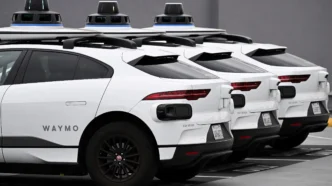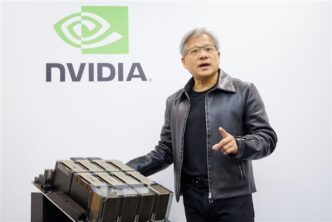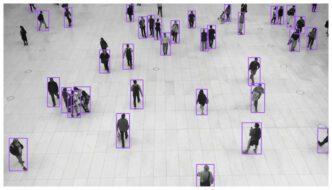The automotive world is shifting gears fast, powered by AI breakthroughs and a deep well of data collected over decades. Two areas at the forefront of this change are robotaxis and autonomous freight. While one is transforming how people get around cities, the other is revolutionizing how goods move across borders.
Behind these advancements is the rise of intelligent systems that don’t just react—they learn, adapt, and optimize with every mile. Whether it’s managing complex traffic or optimizing cross-country deliveries, AI is turning what was once science fiction into everyday convenience.
Global Powerhouses: U.S., China, and Europe Take the Wheel
The United States, China, and Europe are leading the charge in autonomous vehicle (AV) development, each with their own style. Europe favors tight regulation. With rules like GDPR and the EU AI Act, it prioritizes safety and privacy, even if it slows innovation.
China, on the other hand, speeds ahead with strong government backing. Officials focus less on penalties and more on long-term tech dominance. Even when issues arise, the priority remains the same: move forward.
In the U.S., the regulatory tide has shifted. Where states once operated independently, the federal government now supports a more unified, pro-innovation stance. The aim? Keep up with China’s pace while ensuring responsible development.
Robotaxis: Safe, Smart, and a New Way to Earn
Robotaxis saw explosive growth in 2024. Baidu’s Apollo Go ran over 400 autonomous taxis in Wuhan, while Waymo launched in Los Angeles and now handles 150,000 weekly rides. The market is projected to hit $174 billion by 2045 with 37% annual growth starting in 2025.
So why the boom? One reason is rider demand. Robotaxis are clean, quiet, and don’t come with the unpredictability of human drivers. Passengers get a stress-free ride every time.
But there’s a business angle, too. Like Airbnb, robotaxis are opening doors for new entrepreneurs. Individuals can own autonomous cars and generate passive income by deploying them into ride-sharing fleets. It’s a business model built for the future.
Freight Logistics: AI’s Most Powerful Application Yet
While robotaxis grab headlines, the real economic engine is autonomous freight. In 2024 alone, this sector hit a $357 billion valuation, and that’s likely just the beginning. With highways offering easier conditions than city streets, freight trucks are ideal for AI-driven automation.
These vehicles don’t need rest, don’t suffer from fatigue, and don’t require layovers—just refueling or charging. That means longer operating hours, faster deliveries, and fewer delays. The supply chain becomes leaner, cheaper, and more responsive.
At Keymakr, we’ve helped power this shift by working with top freight companies on AI data training—from object detection to lane tracking. The demand we’re seeing makes it clear: this isn’t early experimentation anymore. It’s full-scale deployment.
Where Profit Meets Progress: The Business Advantage
Autonomous freight and logistics are especially promising in the B2B sector. Unlike consumer robotaxis, B2B clients pay more, scale faster, and deal with less media scrutiny. This gives developers room to iterate and refine their tech away from the spotlight.
Because freight is more structured, companies can test, launch, and scale AI-driven trucks faster than public robotaxi systems. It’s the ideal environment to trial bold new tech—one that’s already generating strong returns.
Liability remains a question, but frameworks are emerging. Companies managing autonomous fleets—like Uber or future logistics providers—will take responsibility. Insurers will help divide risk among the software creators, hardware manufacturers, and fleet operators.
In short, those building for the business market today are laying the groundwork for a new era of AI-powered mobility. The winners will be those who combine technical know-how with sharp business instincts and the agility to adapt quickly.













